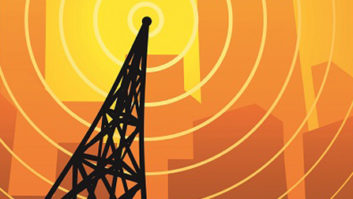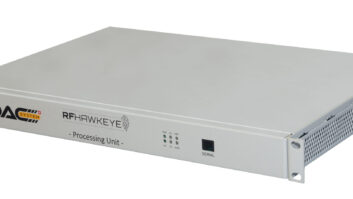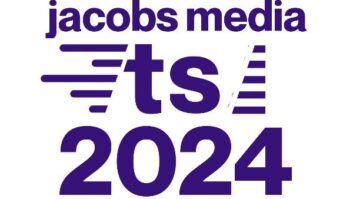The debate on the efficacy of the required NRSC measurement continues. The author is a consulting broadcast engineer in Madison.
I just wanted to give you a heads-up: The guest commentary by Ray Uberecken entitled “Larry’s Right! NRSC Measurements Are Unneeded,” in my view, contains an error.
The author states that the annual test for AM stations “is an Occupied Bandwidth measurement only and does not require measurement of harmonics, intermod or spurious emissions.”
That is not correct. For more than 20 years, FCC rules 73.44 and 73.1590 have specifically called for annual harmonic and spurious measurements. Occupied bandwidth is everything that comes out of the transmitter — not just the modulation sidebands near the center frequency, as Mr. Uberecken writes.
73.1590 covers when and why the measurements need to be made, and 73.44 describes the specifications for AM stations to meet or exceed in these measurements.
Here are a couple excerpts from those rules that are pertinent to this point:
73.1590 (b) Measurements for spurious and harmonic emissions must be made to show compliance with the transmission system requirements of 73.44 for AM stations.
It doesn’t get much clearer than that! And…
73.44 (b) Emissions 10.2 kHz to 20 kHz removed from the carrier must be attenuated at least 25 dB below the unmodulated carrier level, emissions 20 kHz to 30 kHz removed from the carrier must be attenuated at least 35 dB below the unmodulated carrier level, emissions 30 kHz to 60 kHz removed from the carrier must be attenuated at least [5 + 1 dB/kHz] below the unmodulated carrier level, and emissions between 60 kHz and 75 kHz of the carrier frequency must be attenuated at least 65 dB below the unmodulated carrier level. Emissions removed by more than 75 kHz must be attenuated at least 43 + 10 Log (power in watts) or 80 dB below the unmodulated carrier level, whichever is the lesser attenuation, except for transmitters having power less than 158 watts, where the attenuation must be at least 65 dB below carrier level.
That final clause covering emissions more than 75 kHz from the carrier frequency refers to the rest of the radio spectrum! That’s the “harmonic and spurious” part of the measurement.
For the annual Equipment Performance Measurements on AM stations, it has been my practice to use a spectrum analyzer or splatter monitor to measure the signals within 100 kHz of the carrier, a field intensity meter to measure the strength of the second, third and fourth harmonics, and a general coverage receiver to tune the range 500 kHz to 30 MHz checking for any spurious signals that might be related to the station under test.
The purpose of these tests is to ensure that the station is only putting is energy into the licensed slice of bandwidth and not elsewhere in the spectrum where it could interfere with other stations and services. In my view these are important checks that need to be made at least annually.
I’d go further: The same interference concerns apply to FM stations, and I feel they should be required to make annual measurements as well. But the FCC rules do not call for FM equipment performance measurements on a periodic basis — only when a transmitter is replaced or modified.
I understand this was a commentary, but misleading information regarding the commission rules could lead stations to make a serious compliance mistake.
Radio World invites industry-oriented commentaries and responses. Send to Radio World.
Here is an aggregation page for this topic.












